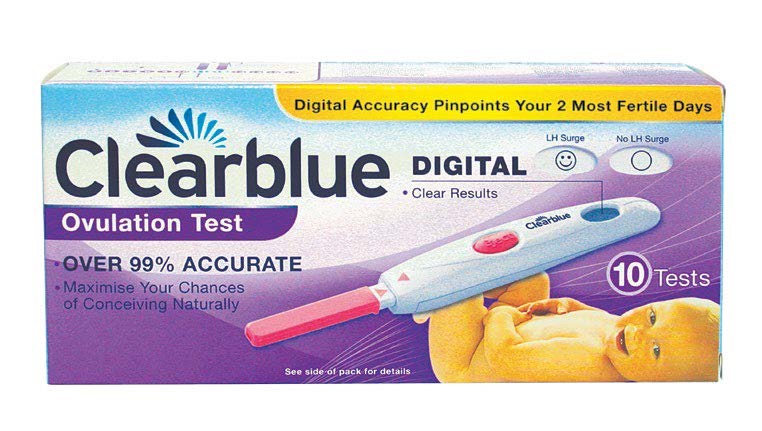Just because you have one baby doesn’t mean that getting a second baby would be easy. Some women even have trouble conceiving a third child when the first two births were effortless. Secondary infertility (where couples who have successfully conceived a child before have difficulties getting pregnant again) affects about 11% of couples.
Table of Contents
Reasons for Secondary Infertility
There are a few factors can lead to secondary infertility:
Age of the couple
The younger a woman is, the higher the success rate in a natural pregnancy. The number and quality of the woman’s age generally decline as she grows older. Additionally, her fertility rate declines rapidly after the age of 35 years compared to the slower rate of decline when she was younger. Likewise, a man’s sperm quantity and quality decline with age, too. Hence it is always recommended to complete your family when you are younger rather than later. as the chances of conceiving your second child may be vastly different than when you birthed your first.
PCOS May Develop After The First Pregnancy
Although not that typical, polycystic ovarian syndrome (PCOS) may develop after the first pregnancy, especially if the woman has gained weight considerably since the first pregnancy.
For women with this condition, the ovaries make too much male hormone. This can disrupt a woman’s periods and cause excess facial hair, acne, and problems with weight. PCOS is the most common cause of absent or irregular periods. PCOS prevents a woman from ovulating regularity. Your weight gain post-pregnancy can also affect ovulation and monthly period cycles.
Endometriosis
Endometriosis is a common cause of secondary infertility. Endometriosis can lead to an ovarian cyst, which can have a direct negative effect on egg numbers.
Endometriosis can also lead to tubal blockage or damage due to the continuous process of bleeding and scar formation.
While there is no magic treatment that can eliminate endometriosis completely, if diagnosed early, it can be controlled while in some cases, fertility treatment offered before the condition worsens.
Also, there may be lifestyle changes once a child is born, which would all lead to infertility issues.
Why It Hurts
People don’t understand how painful it is and says that at least you’ve experienced one pregnancy before. And if the woman is below 35 years old, the standard advice is to wait and see for about a year, and six months if one is above 35 years. After that, the couple should seek help from a fertility expert.
That’s not good enough for couples who desperately want a second or third baby though. And so, they proceed to find out if there’s anything wrong with their reproductive systems.
Getting yourself checked is the first step. Unfortunately, sometimes even when couples undergo the various fertility tests, there is nothing that indicates the reason behind why they couldn’t conceive. What should they do then?
Treatment Options
The most commonly prescribed treatments for secondary infertility are Intrauterine insemination (IUI) and In Vitro Fertilization (IVF) to increase the odds of conceiving.
IUI involves inserting sperm into a woman’s uterus as close as possible to the fallopian tubes to boost the chances of getting pregnant, while IVF is a fertility treatment that fertilises the egg with a sperm outside the woman’s body before inserting viable fertilized eggs into the uterus. The illustration below lists the instances where IUI and IVF are chosen as treatment options:
IUI has a higher success rate for younger women. After one IUI cycle, there is a 10 to 20 per cent chance of pregnancy for women under 35 and a 10 per cent chance for women between 35 and 40.
To give you an idea of the success rates between IVF and IUI, IUI with fertility medication (Clomid)’s average success rates range from 8% to 15% per cycle for patients under 35 and 2% to 5% for patients over 40. IVF when using a woman’s own eggs’ average success rates range from 40% to 45% for patients under 35 and 15% or less for women over 42.
Get The Best Dates For Conceiving A Second (Or Third) Baby
Use Clearblue Digital Ovulation Test for spot-on results! This advanced test kit helps women determine the best days to try for a baby and will be of great assistance in your parenting journey.

















